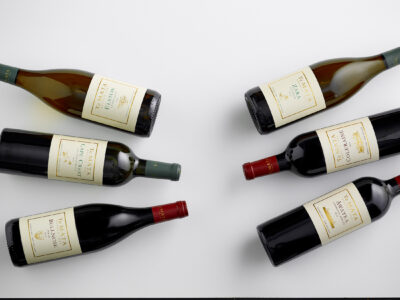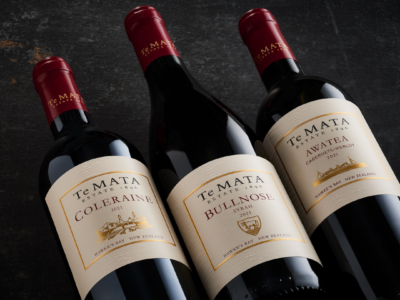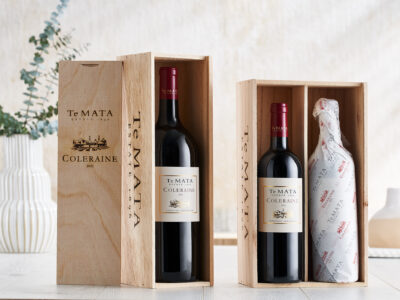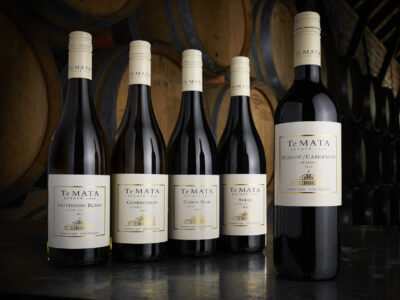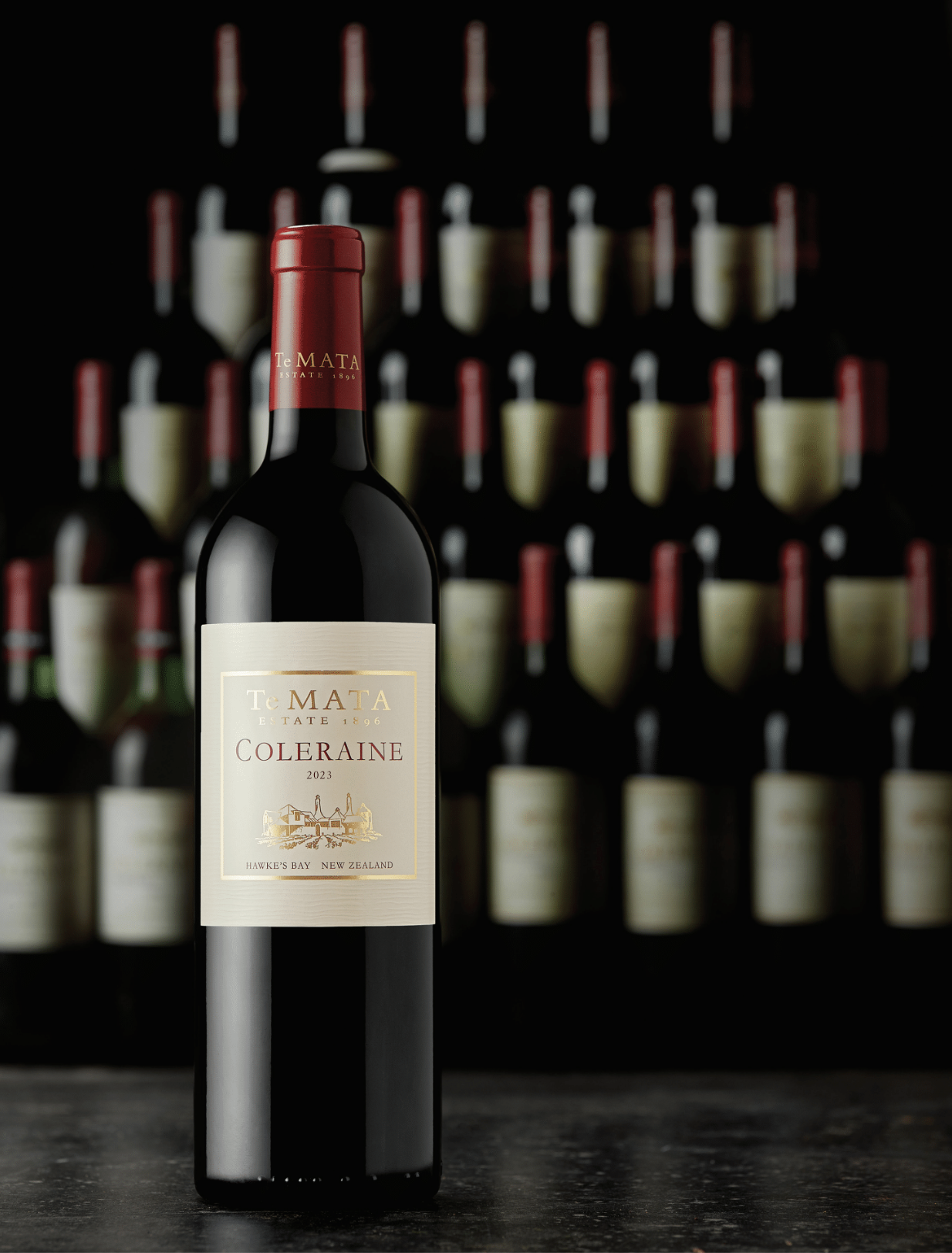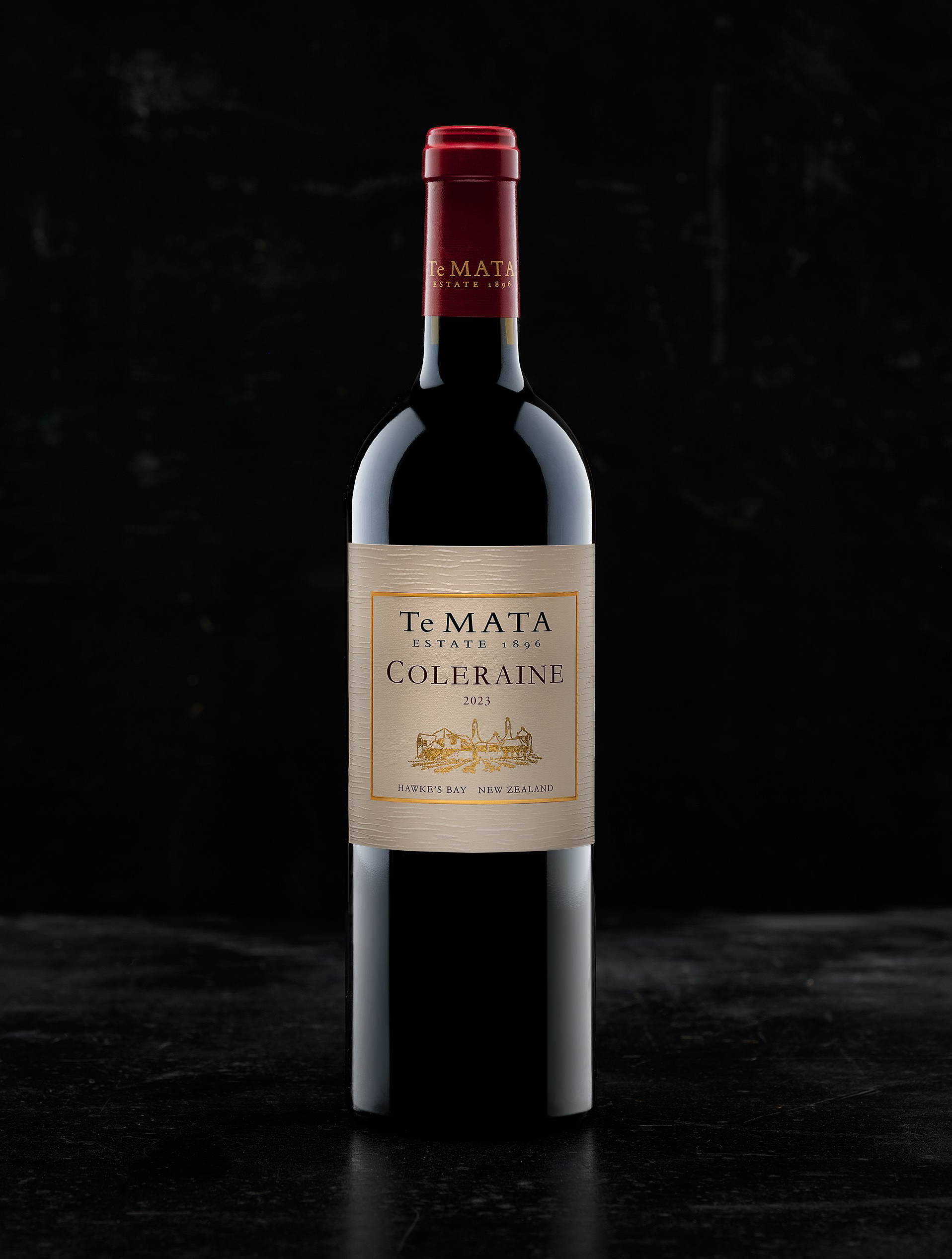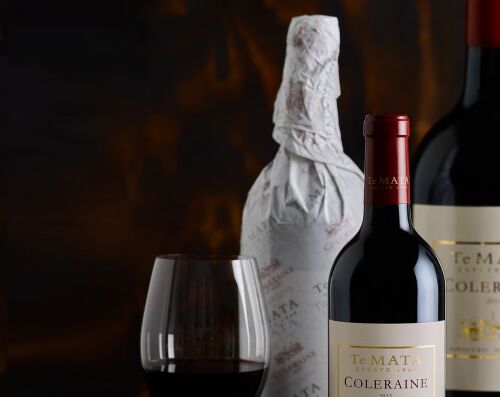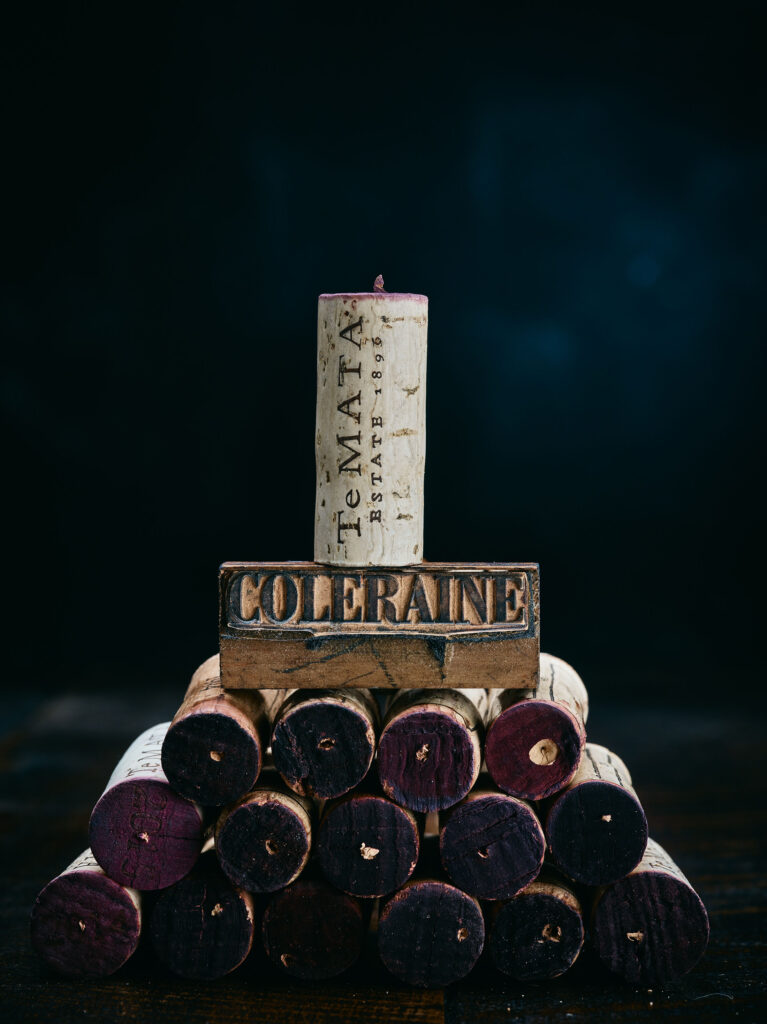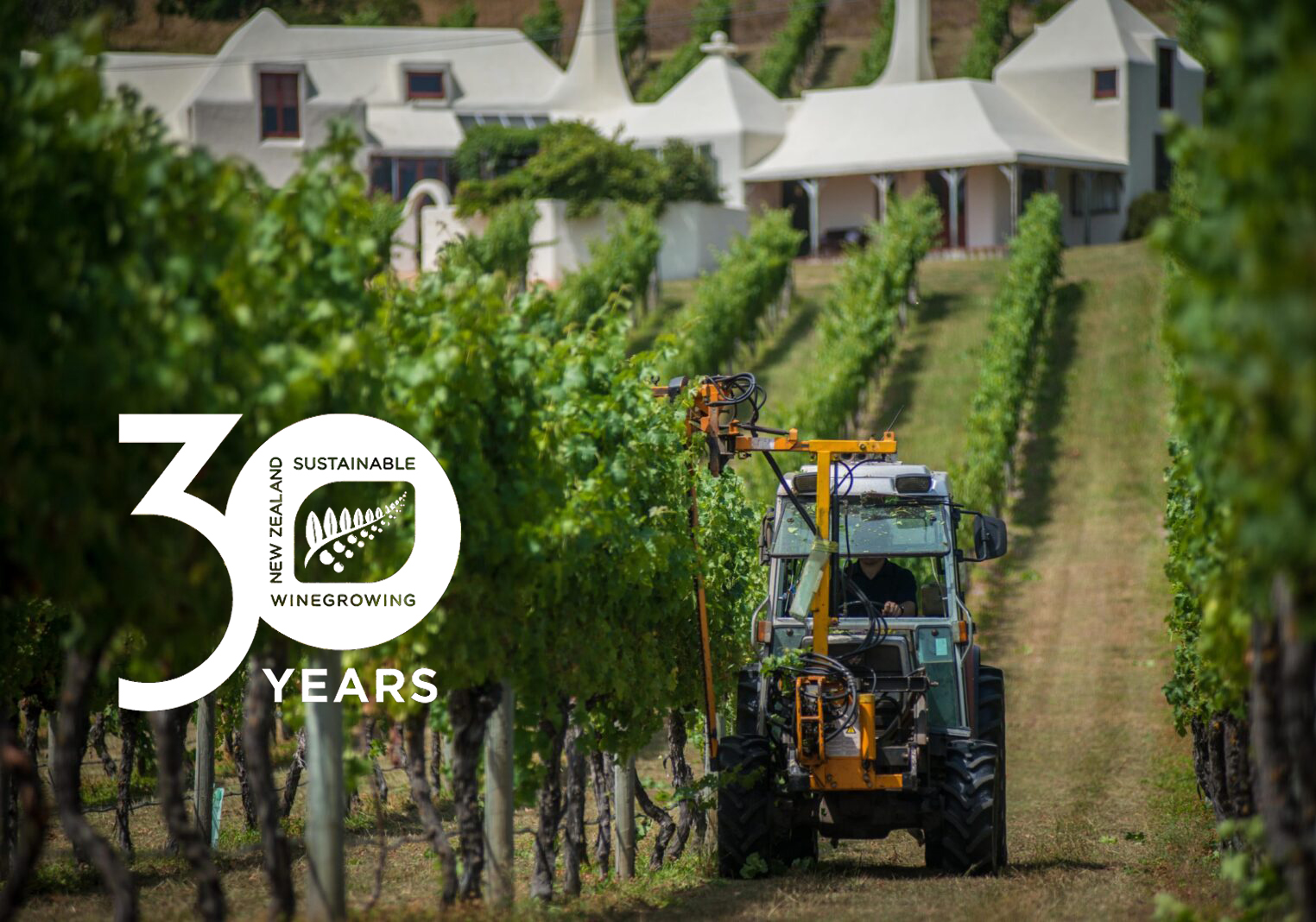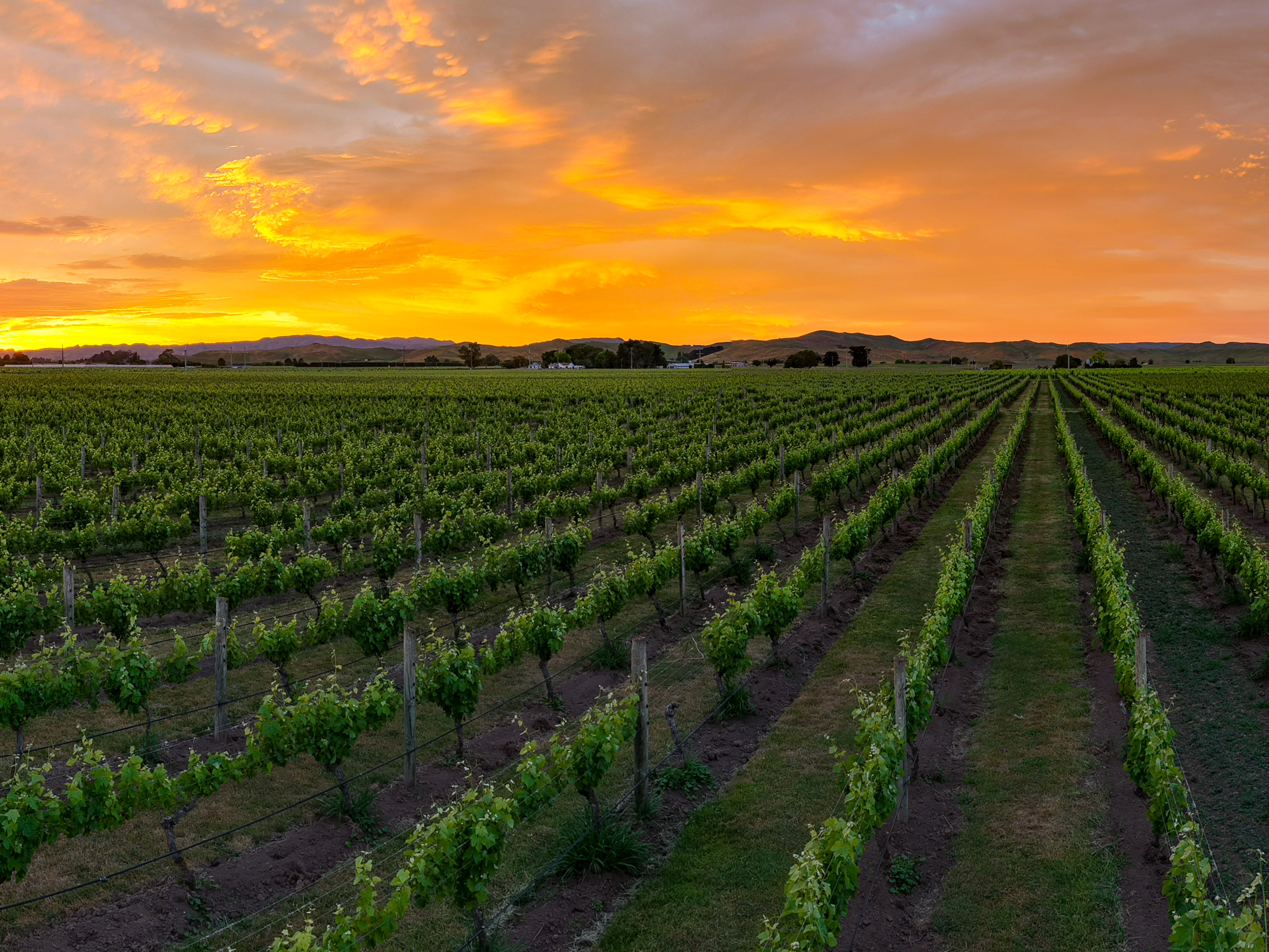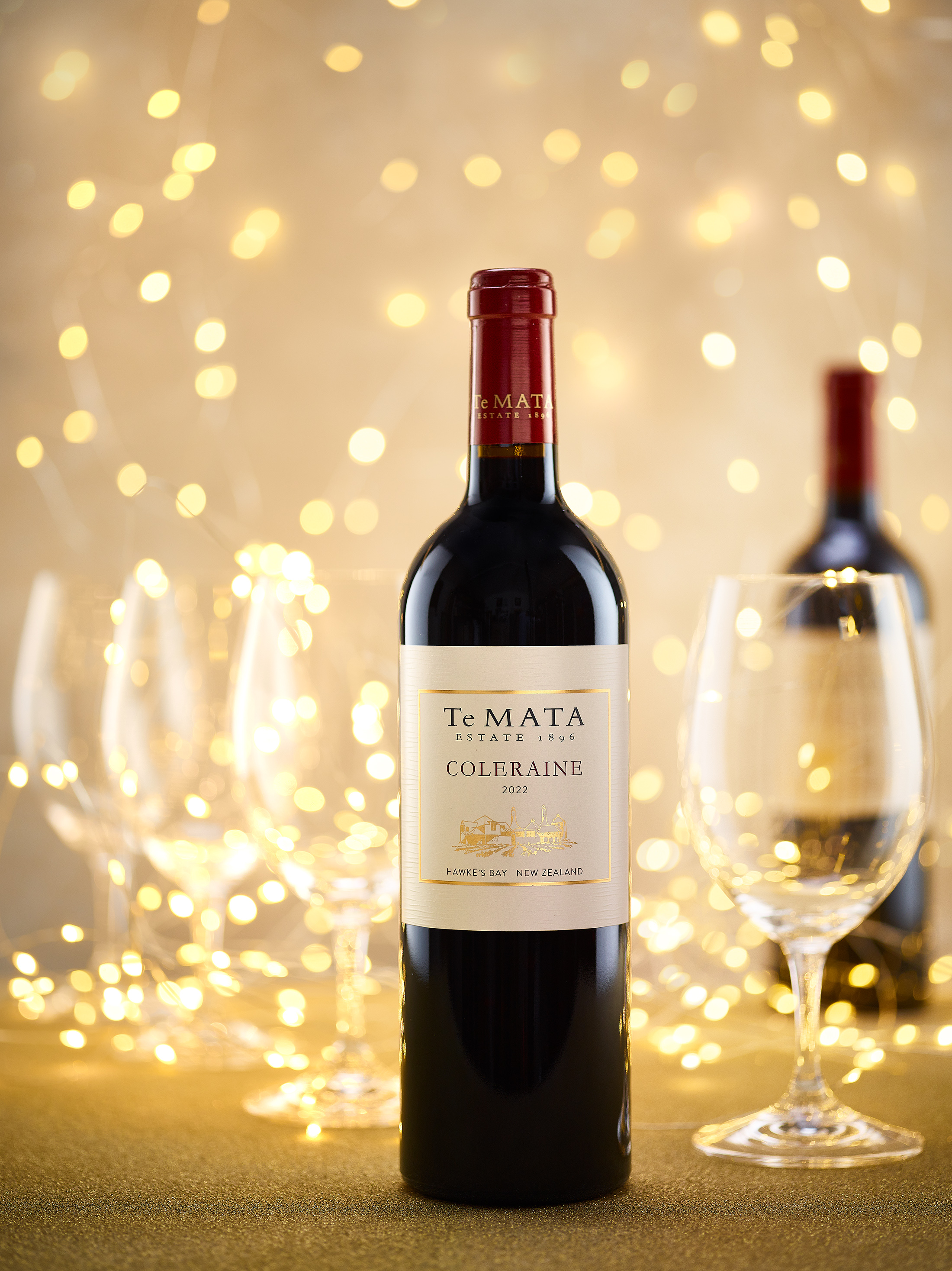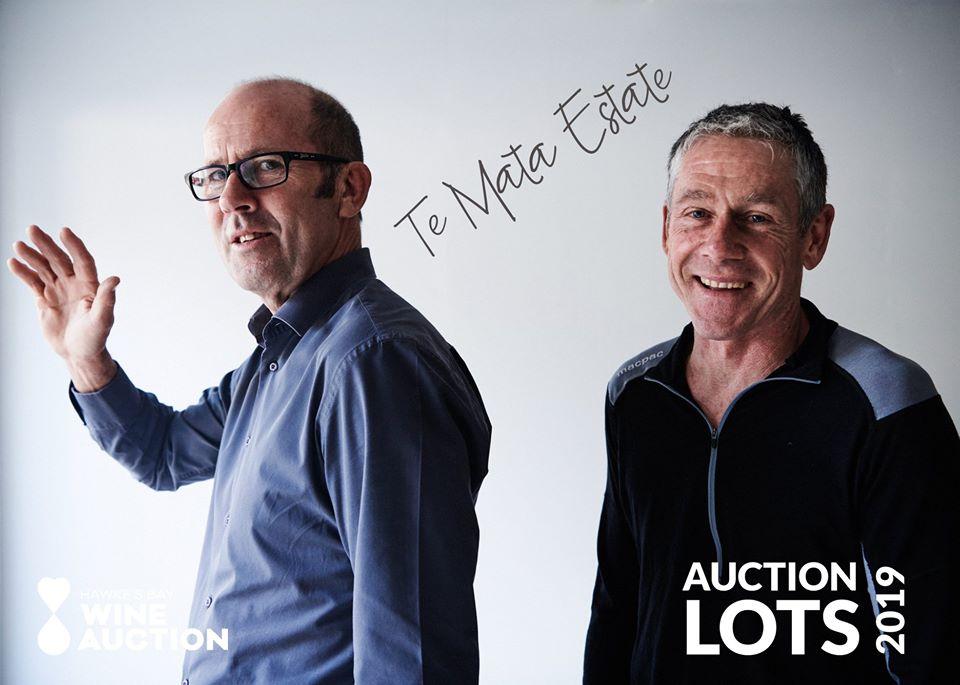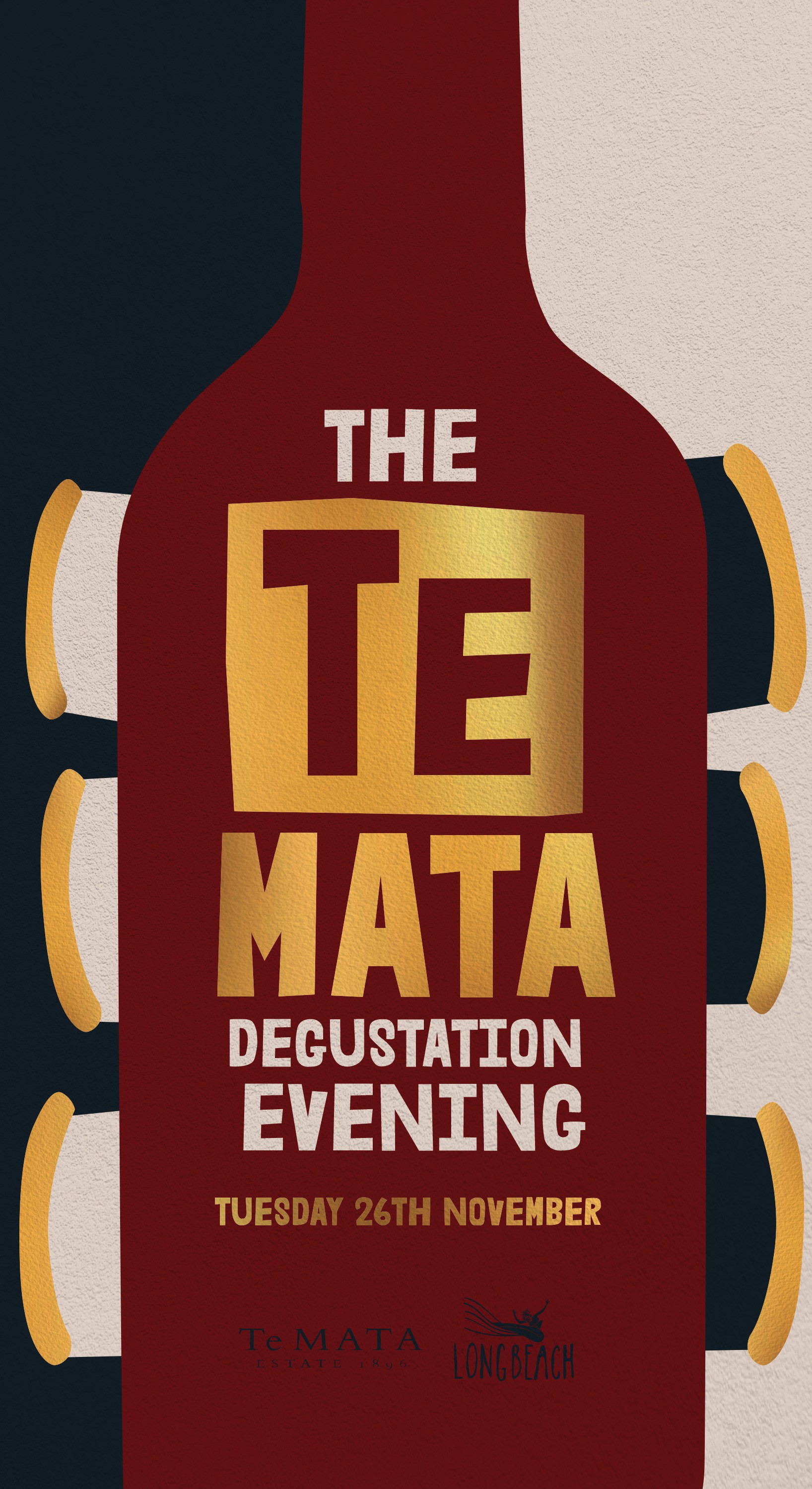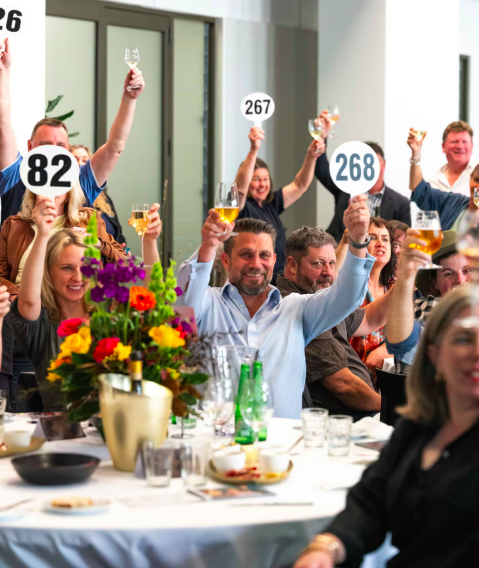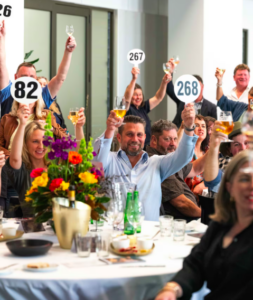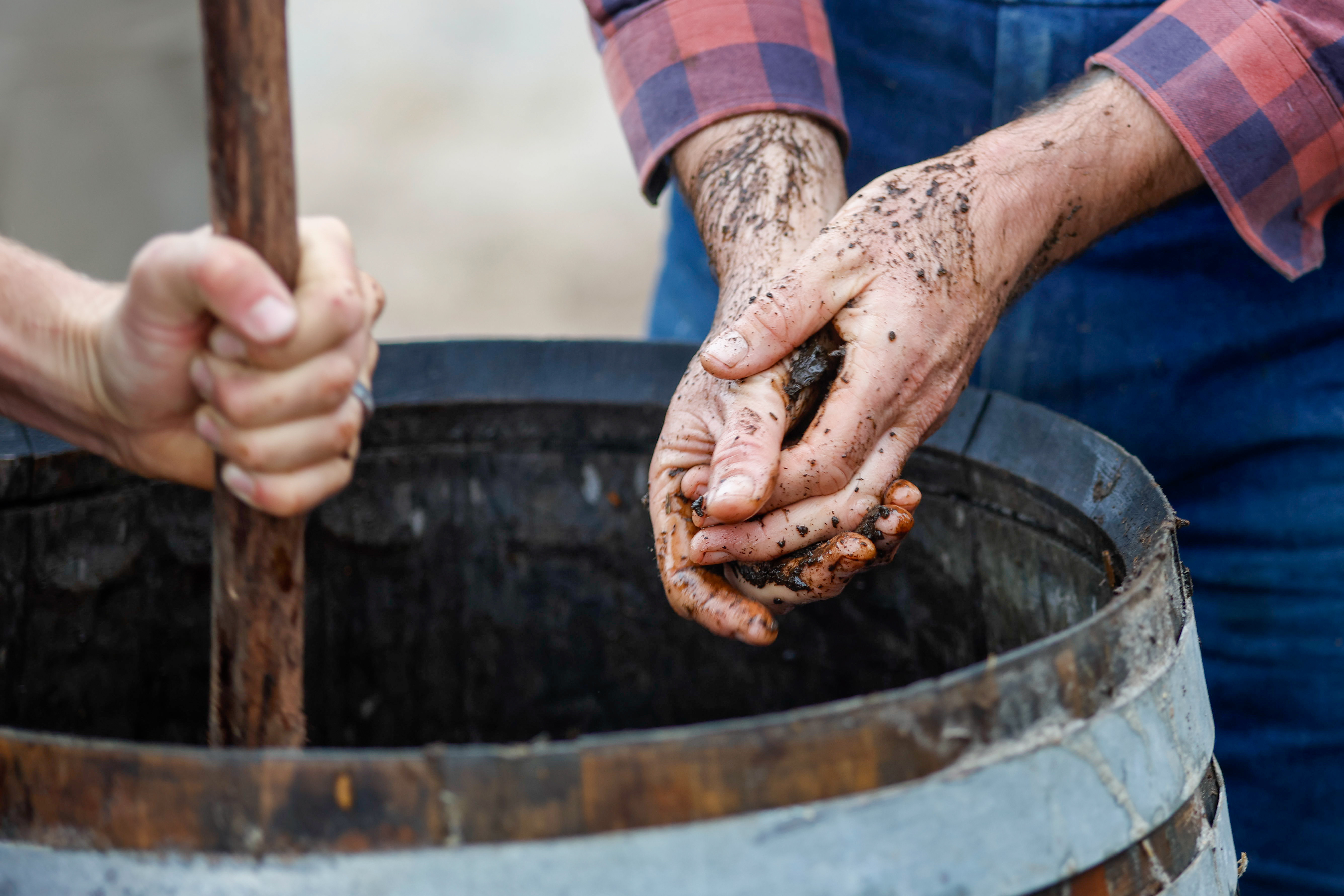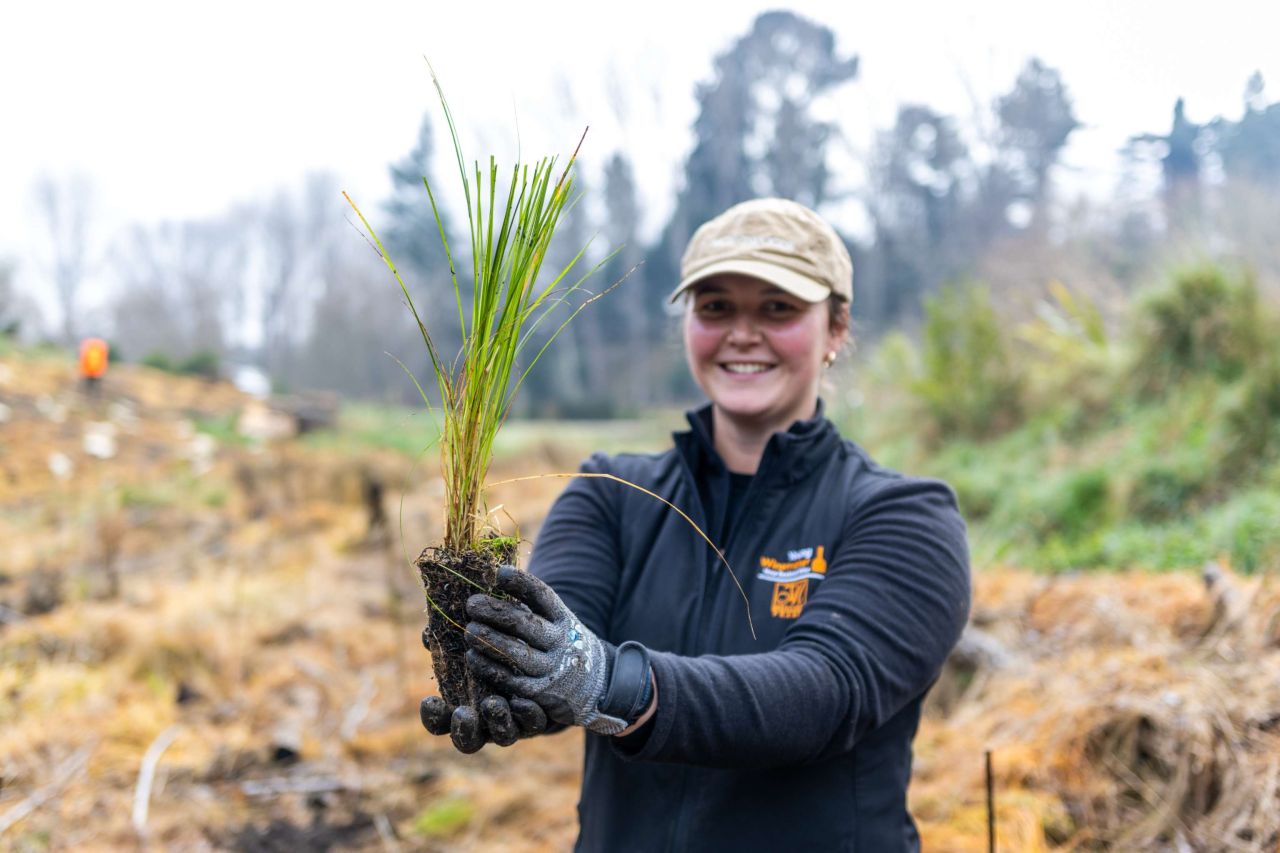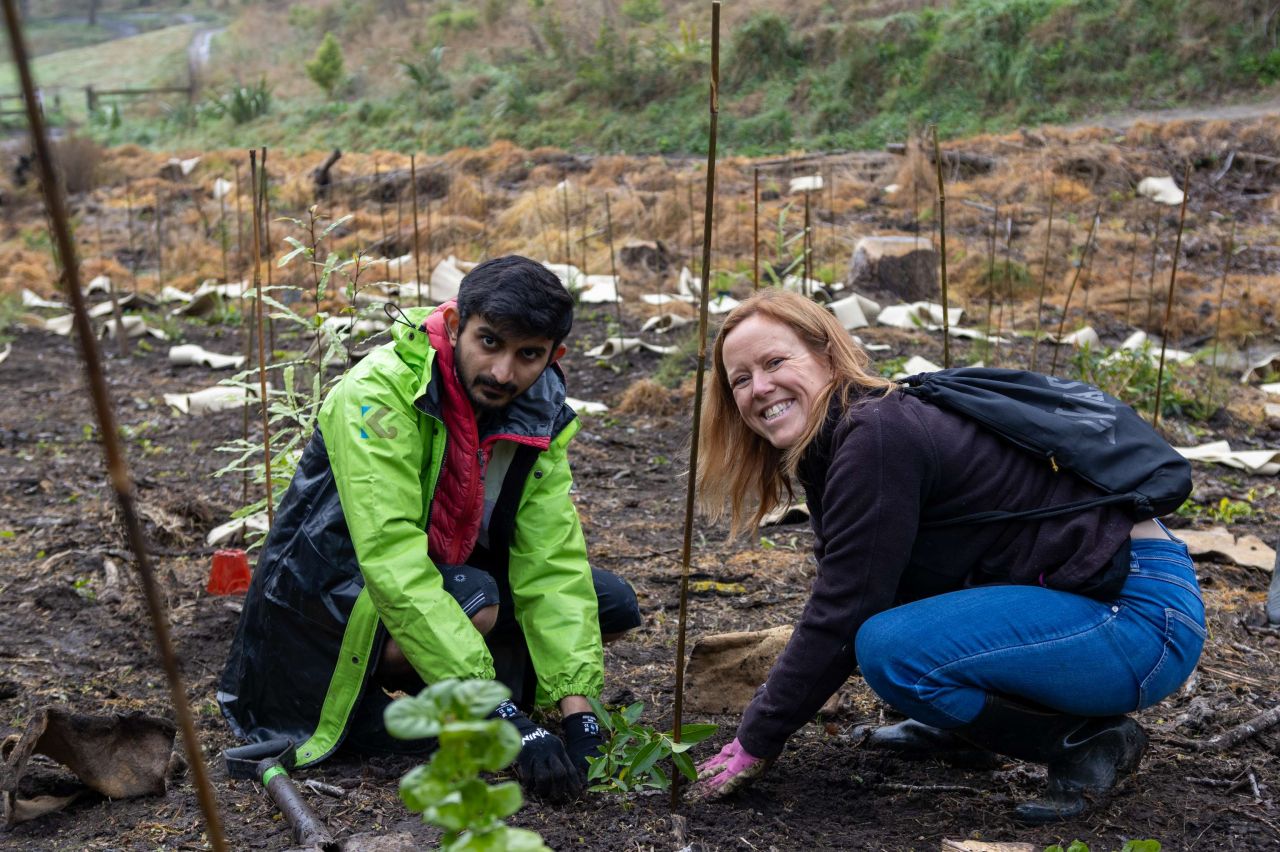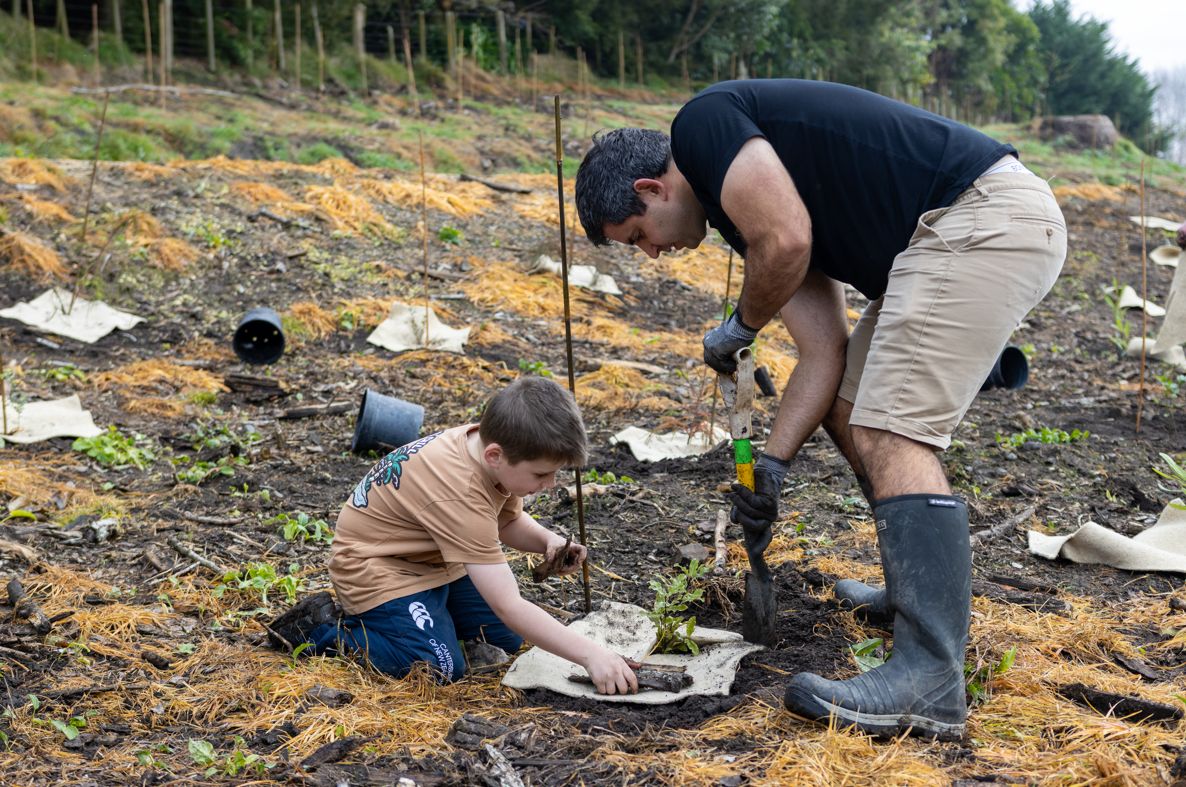Modern Te Mata Estate is led by CEO Nick Buck (pictured) and Senior Winemaker Phil Brodie (pictured), who oversee our approach to winemaking.
Read an insight from John Buck (OBE for Services to Wine and the Arts, and former Chairman and CEO of Te Mata Estate) on why our winery’s meticulous method is so distinctive:
What makes a wine great? I’d suggest that what makes any wine great is also what makes them unique.
How can you compare a Petrus, predominantly a merlot from the right bank of Bordeaux, to a Latour, predominantly a cabernet sauvignon from the left bank?
These wines are different blends, and different blends emerge from different soils.
Varietals that suit the vineyard best will, in turn, create wine components that can be blended – not to a formula, but differently each year.
A technical space for red wine specialisation, like a cuverie, improves the variety of ferments that can be individually developed. And the control around them.
At Te Mata Estate we can hand pick, and then sort the fruit using the Armbruster system of de-stemming and grading, followed by further hand sorting. We have 34 separate, small tanks available to us, and therefore over 68 batch ferments are possible in total.
We then have total temperature control throughout our fermentation and barrel ageing. The components are further developed in oak with topping, and three-monthly racking, before being finally blended, where the wine is ‘framed’ according to what makes the best totality.
At Te Mata Estate, in composing our wines, our aim to use this ‘best-in-the-world’ model, rather than just a New Zealand model.
It’s what makes great wine great, and it takes a team of skilled operators working together to achieve it.
People who know us well look at Te Mata Estate differently, because we approach winemaking differently.
It is about equipment, fruit quality, precision winemaking, and about the right staff.
But ultimately, it’s about the ability to create a wine that speaks honestly of our Hawkes Bay environment and our specifically-selected vineyards.

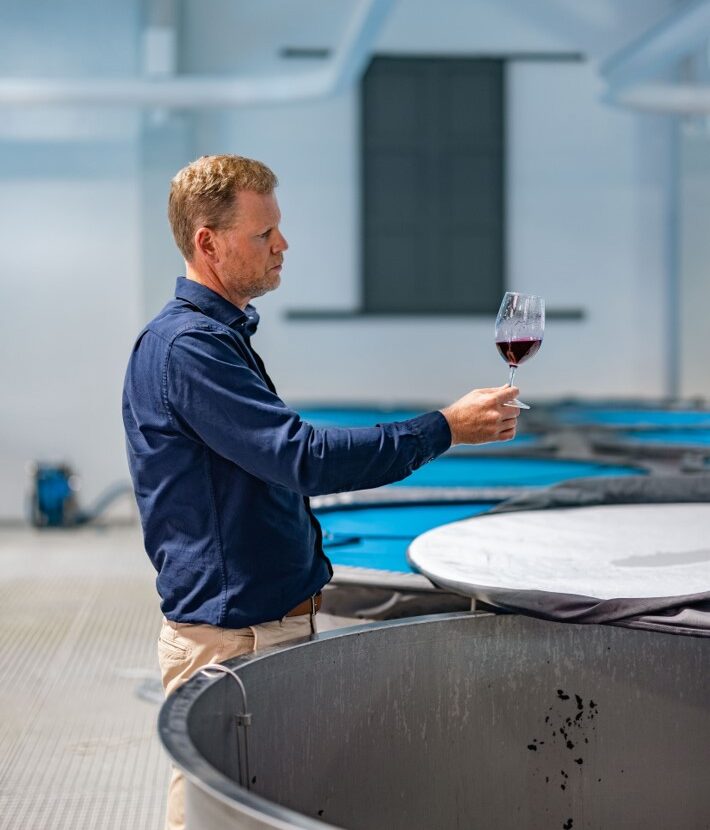
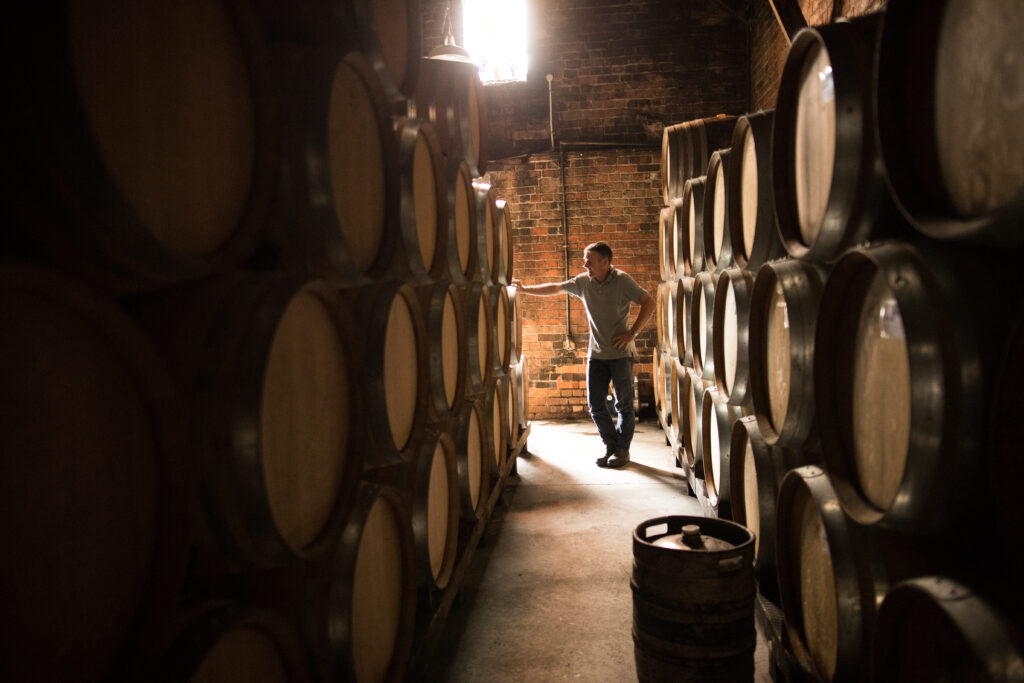
Photo credits: M2 Magazine for the images of Nick Buck, and Richard Brimer for the images of Phil Brodie in the cellar.
